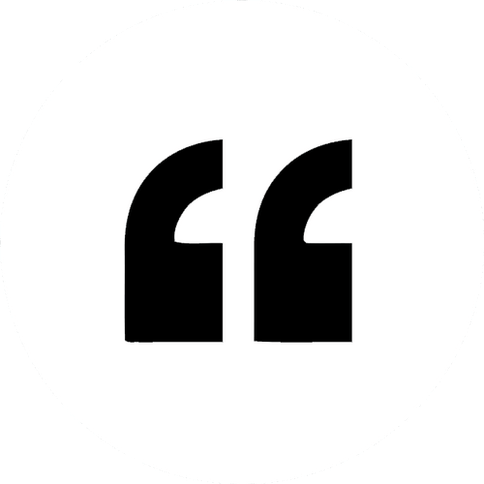
Press Hook was founded in the midst of the pandemic, and we’ve made it our mission to be a reputable, trusted source for media and public relations strategies. During a stressful, unpredictable and, at times, scary period, we're here to be a source for all professionals as they grow their businesses. For publicists, ensuring that they're coordinating the message, timing, and recipient is even more important than in years past. No matter the industry or experts you represent, there are many ways to earn inclusions in outlets. Here, we spoke with PR pros on how they’ve adapted and found success for their clients.
Look for educational opportunities
When salons and spas began to reopen, publicist Debra Locker saw an opportunity for her client, Color Up Therapeutics, to be an educational resource for salons. Alongside her team, she followed new expert pitching trends by doubling-down on what would help consumers or local organizations via an online course. The company’s founder and operating officer went through infection control best practice, all for free. This sparked the interest of industry publications, securing placements and recognition. “Plus, more than 1,000 hand sanitizers were donated to hospitals, medical facilities and senior care centers. The feel-good aspect of this story was a positive way to position Color Up as a brand that cares,” Locker explains.
Depending on what topics your client can speak to thoroughly, seek out opportunities for them to become a teacher within their sector or to the general public as part of your PR strategies.
Be clear, specific and honest
It may seem like a no-brainer, but during periods of high-anxiety when you're desperate to gain placements, you may get a little too creative with your tactics. While some of the leading expert trends do focus on expanding your client’s skill set, it shouldn’t stretch so far that a journalist doubts your ability to remain relevant as a PR professional. That’s why Leah Jacobson, the founder of LJ Public Relations, says it’s vital to be clear and specific about what’s in an expert’s wheelhouse—and what’s too far out of it. “To ensure your expert remains a trusted source for media, it is important to be upfront with editors about what topics they can and cannot provide commentary around,” she continues. “Now is not the time to try and stretch to make something that’s outside their true expertise fit.”
While a hairstylist or colorist could definitely discuss at-home treatments and tips for keeping hair healthy, they can’t comment on, say, vaccination trials. Or eating healthy. There are ways to expand their reach, but it should make sense from an expert level.
Find ways to illustrate goodwill
One of the hardest-hit industries in 2020 was tourism and travel. For Locker, it was definitely a time to think critically, so she could adapt to expert pitching trends for her client, the CEO of ShelbyKY Tourism and the bureau as a whole. As she explains, some of her PR strategies included taking a pause and focusing on what would be helpful and spread goodwill. “We decided to take a positive step forward during a bleak time when sharing news of a financial assistance program created to aid local tourism organizations affected by COVID,” she shares. Not only did the CEO of the bureau lead the creation and execution of the program, but she did it while being the interim CEO, too. As a result of the executive's leadership, Locker shares, she was named as one of the ‘20 People to Know: New Execs’ by editors of Louisville Business First.
Educate your experts
Effective PR strategies include challenging your clients to not only understand how media works, but also to empower them to think bigger. When sales dropped for non-essential items in the spring, many publicists struggled to pitch their clients, especially if they sold an expensive lipstick or handbag. Those who shifted their priorities and decided to go in a new direction were able to keep the clips coming. As an example, a client may run a jewelry business, but they're also an entrepreneur, and perhaps, an accessories expert. Expert pitching trends in 2020 had to evolve to include all of these opportunities, since traditional placements were fewer and far between.
If you decide to go down this route, Jacobson says it’s worth explaining to your clients how the earned media process usually goes down, so they are available for interviews on the fly. “Many times, expert sources are not used to the quick turnaround times that media stories can require, or they do not anticipate how long it will actually take them to write up thoughtful interview responses,” she explains. “It is best to have these discussions with your brand’s experts before you begin pitching to ensure they are aligned with the time commitment required, and know what to expect throughout the process.”
One pitch doesn’t fit all
To land successful media coverage, you have to tailor your angle depending on the media outlet and reporter, urges Ann Noder, the CEO of Pitch Public Relations. “An angle for a business reporter should be completely different than the one for a parenting editor,” she continues. This may seem obvious to those who have been in the hustle-and-bustle for years, but sometimes when publicists are feeling lazy, they may be tempted to copy and paste. The tactic won’t prove helpful during the pandemic, especially since it doesn’t lend itself to the personalized expert pitching trends currently popular.








